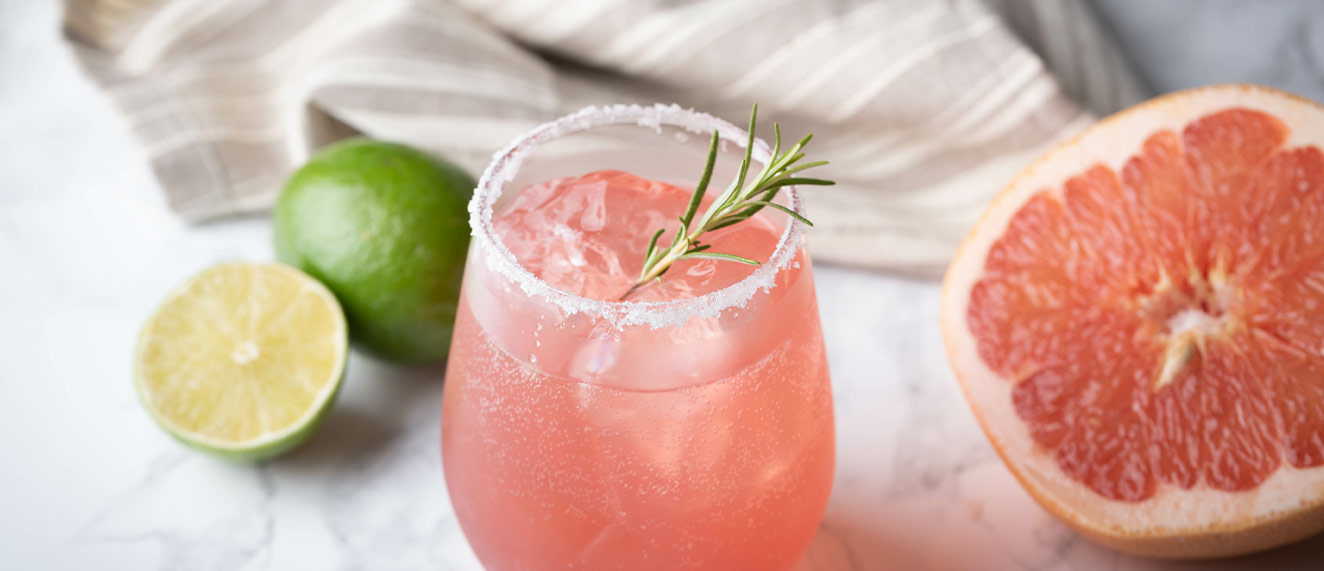The Paloma is one of the best summer cocktails. It looks good, tastes good, has no added sugar (in my version) and is super refreshing. It might even convince a few beer drinkers to switch. But be warned, all those qualities make it wayyyyyyyyy too easy to drink.
There is an old saying in politics that victory has a thousand fathers, defeat is an orphan. See Andrew Scheer. Or Michael Ignatieff, now that his visit is over. The Paloma is definitely not an orphan.
For a while, the drink had a false narrative behind it, aided and abetted it seems, by Wikipedia. For a time it was accepted the Paloma came from a book/pamphlet called Popular Cocktails of the Rio Grande and a guy named Evan Harrison in the 1950s.The book and the man are still credited with the invention of the Paloma in certain circles and there are articles today that cite both. But the consensus today is the story is fake news. Real fake news, not the Donald Trump kind.
The Wikipedia entry that may or may not have been the source behind the myth was taken down years ago. Turns out the book never existed, but Evan Harrison does. He was/is a bartender in the U.S., but he wasn’t born when the mythical book was published. The convention is he/his buddies/someone had some fun editing Wikipedia pages and that is how the story spread.
The more likely origin of the Paloma is tied to the invention of Squirt grapefruit soda. Someone somewhere in Mexico got a hold of it in the 1950s and paired it with tequila and lo and behold, the Paloma (which means dove) was born. Since they were already mixing lime juice and tequila, this makes a lot of sense.
Today you can find many variations on those theme ingredients of tequila and grapefruit soda. Some suggest using mezcal. Some add small amount of lime juice, others use simple syrup. Since grapefruit sodas are hard to find and many are syrupy sweet and don’t taste like grapefruit, I use fresh squeezed juice—for which there’s no substitute. My version below:
In a cocktail shaker combine:
- 3 oz. tequila blanco
- 3 oz. grapefruit juice
- 1 oz. lime juice
Pro tip: to get the most juice from fruit, don’t refrigerate it and use thin-skinned fruit. Shake the tequila and juice altogether (without ice, this is a dry shake). Pour into a large tall glass (I use a pint glass) with four or five small ice cubes or two large ones. Add three to six oz. of chilled club soda and stir gently. The more club soda you add the more refreshing and less acidic the drink becomes. Find your sweet spot. I add a fair bit, to taste. The result is a light grapefruit soda and tequila taste. Perfect for a hot summer day.
Randall had the misfortune of being a bartender in the late 1980s, widely considered Hell in the annals of cocktail history—remember the fuzzy navel, the tequila sunrise and various coconut and blue curacao drinks? Resistance might have been futile against the Borg, but there was no way he was giving in, he kept drinking his Manhattans, Rob Roys and Old Fashioneds, despite almost never serving one at the bar.






Another great cocktail- very refreshing and a perfect drink for a hot summer day!!